Candy-pink lagoon serves up salt-rich diet for potential life on Mars
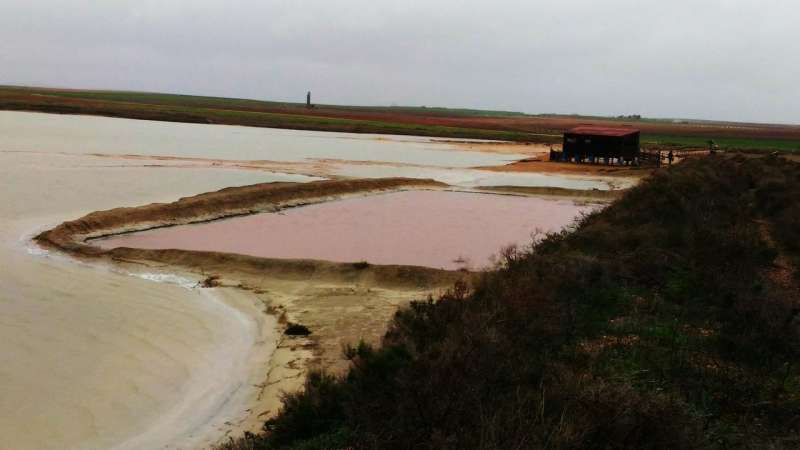
The discovery of a microorganism that gives a candy-pink lagoon in central Spain its startling colour is providing new evidence for how life could survive on a high-salt diet on Mars or Europa. The Laguna de Peña Hueca, part of the Lake Tirez system in La Mancha, has very high concentrations of salt and sulphur and is a good analogue for chloride deposits found in the Southern highlands of Mars and briny water beneath Europa's icy crust. The results of a study of microorganisms found in the lake will be presented at the European Planetary Science Congress (EPSC) 2018 in Berlin by Dr. Felipe Gómez.
Dr. Rebecca Thombre and Dr. Gómez collected samples of lagoon water and studied the physical characteristics and genetic sequence of the isolated microorganisms. They found that the lagoon's pink colour derives from the red cells of a sub-genus of the salt-loving algae Dunaliella. This extremophilic algal strain from Laguna de Peña Hueca has been named Dunaliella salina EP-1 after the Europlanet 2020 Research Infrastructure, which funded the study through its transnational access programme.
"Dunaliella salina EP-1 is one of the most salt-tolerant extremophiles that we've found," said Dr. Thombre, of the Department of Biotechnology, at the Modern College of Arts, Science and Commerce in Shivajinagar, Pune, India. "Microbes find it difficult to tolerate hypersaline environments because water needed for the cell to function tends to flow out through the cell-membrane into the salty surroundings. The algae survive the conditions at Peña Hueca by producing molecules like glycerol that mimic the external salt concentrations within the cell and counteract water-loss."
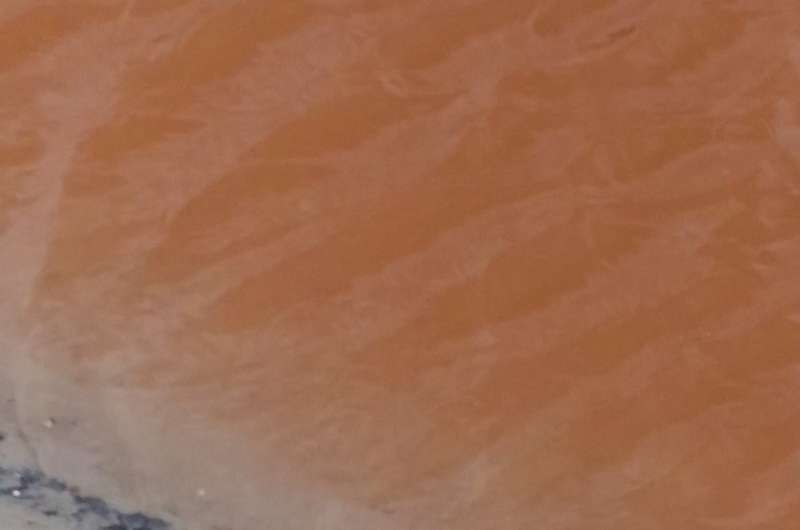
The cells of Dunaliella algae are used in many countries for the industrial production of carotenoids, ß-carotene, glycerol, bioactives, biofuel and antioxidants, so the strain EP-1 may have applications for a range of biotechnologies.
"Considering the commercial and economic significance of this organism, future studies are warranted to gain a complete picture of its physiology, ecology and biotechnological potential," said Dr. Thombre.
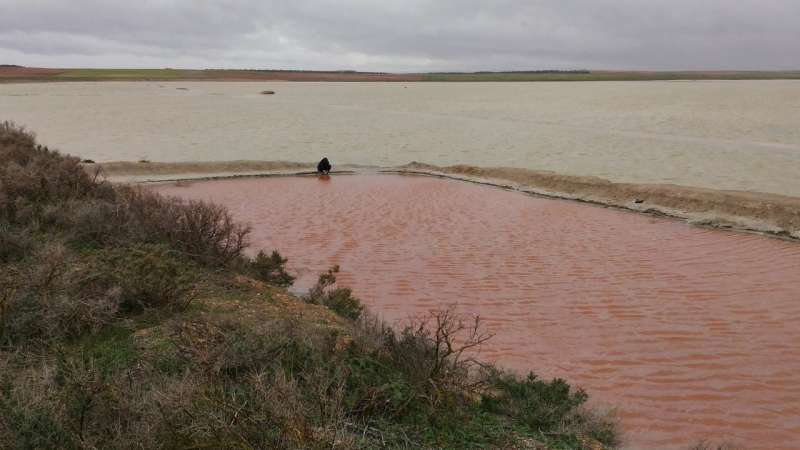
The team also identified the halophilic bacteria, Halomonas gomseomensis PLR-1, in a pink rock submerged in the sulphate-rich brine of Peña Hueca. The study of this microorganism may provide vital clues in understanding the role of sulphates in microbial growth and lithopanspermia, the theory that organisms can be transferred in rocks from one planet to another.
"The resilience of extremophiles to the conditions of Mars analogues on Earth demonstrate their potential to thrive in martian soils," said Dr. Gómez of the Centro de Astrobiología, Madrid, Spain. "This has implications for planetary protection, as well as how algae might be used to terraform Mars."
-
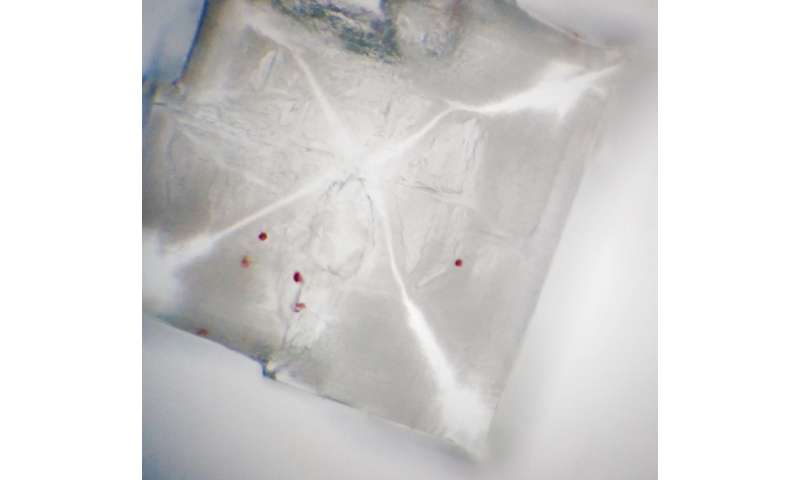
Red samples of the salt-loving algae Dunaliella salina EP-1 in a salt crystal. Credit: Europlanet/F Gómez/R Thombre -
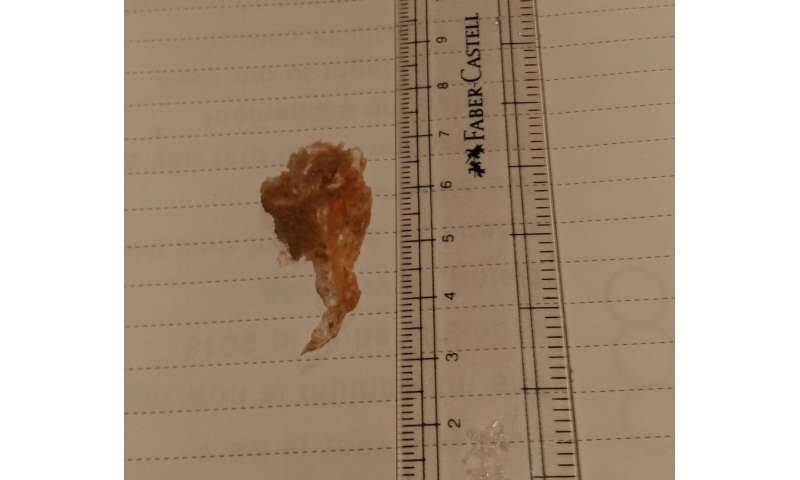
This extremophilic algal strain from Laguna de Peña Hueca has been named Dunaliella salina EP-1 after the Europlanet 2020 Research Infrastructure. Credit: Europlanet/F Gomez/R Thombre
Provided by Europlanet





















